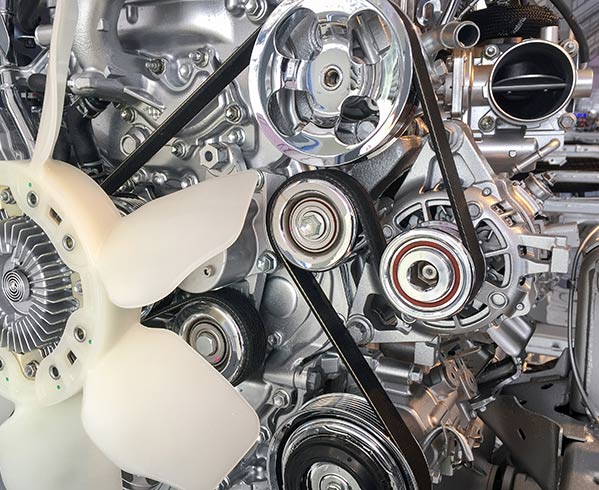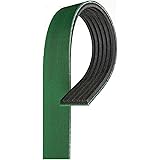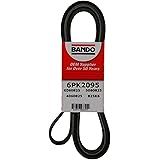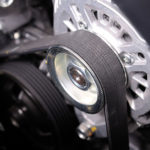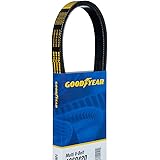Replacing Serpentine Belts on Your Car
When you open the hood on your vehicle, you will easily see a serpentine belt and an array of other essential hardware. This type of automotive component plays an important role in the performance of the entire powertrain. As you accumulate heavy mileage on the odometer, you should routinely inspect the serpentine belt for any wear and tear. Based on the suggestions of your vehicle’s manufacturer, an original belt should be replaced at intervals between 60,000 and 100,000 miles. When you shop for the best serpentine belt on the market, look for several key features that will optimize performance in the long run. The best serpentine belt should have a self-adjusting mechanism for the desired tension at all times. If there is significant tension loss in the belt, pulleys, and other interconnected parts, your car’s powertrain will not operate properly. Even worse, cracks and major deformation could lead to complete failure of the belt, generator/alternator, and engine block.
Installing and Maintaining Serpentine Belts
The best serpentine belt should be properly installed by a certified automotive mechanic at your local service shop. The device will be installed at the correct tension as recommended by your car’s manufacturer. The pulleys and other essential parts will also be connected properly by the automotive technician. Additionally, the alternator and generator will be inspected for reliable operation after a new belt is set up and activated under the hood of your used vehicle.

